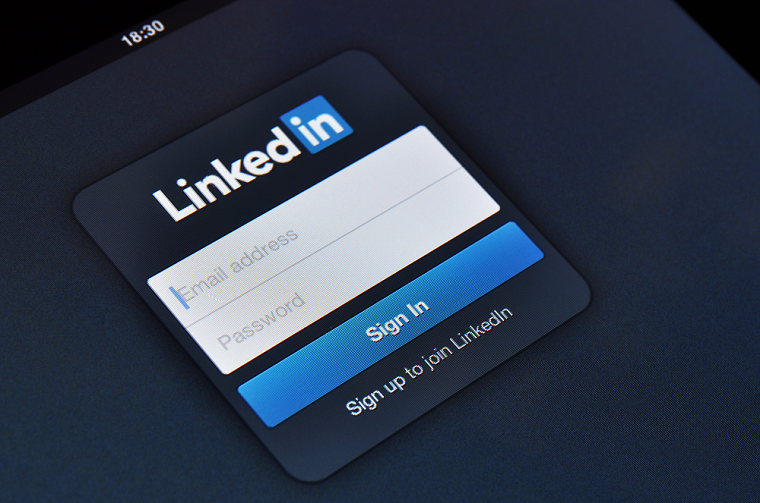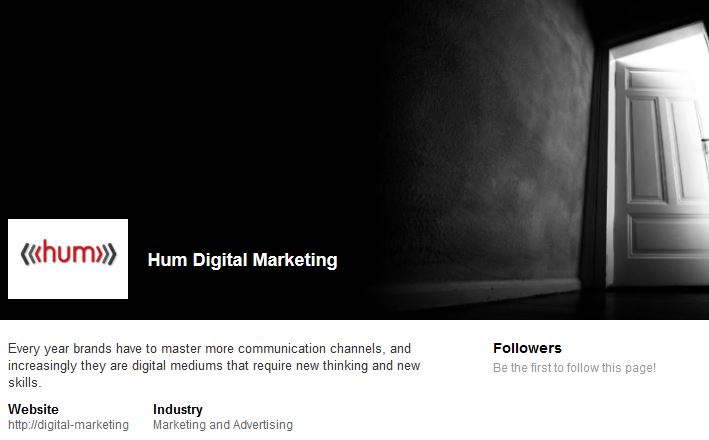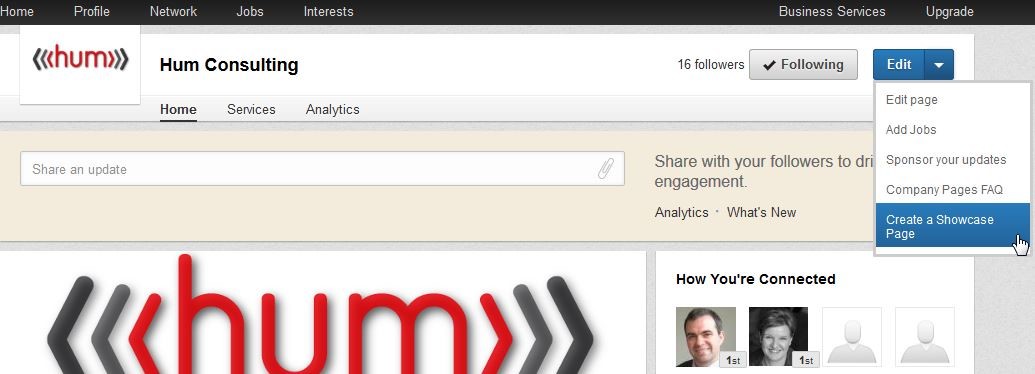
What's changing
As of 14 April 2014 the Products & Services tab on Company Pages was removed.
What does this mean for your company page?
The products and services tab is no longer a part of your company page, and is to be replaced by Showcase pages. The main feature that is lost in this change is that there is no longer a place for products and services recommendations on LinkedIn. As an admin of your Company Page you can request a copy of your recommendations through LinkedIn customer support until 30 May 2014. These can then be added as status updates to a Showcase page, or used on your own website.
What is a Showcase Page?
Showcase Pages can be considered “niche” pages of a Company Page, aimed at building long-term relationships with members who want to follow specific aspects of your business, and not for short-term marketing campaigns. They allow companies to promote products or target a particular type of buyer and keep content personal and interesting to its target persona.

Features of Showcase Pages
Showcase Pages come with their own status updates and followers, and so are functionally the same as Company Pages, but for specific aspects of your company. This means you can use status updates to post various types of content to your Showcase Page and visitors can choose to follow just those aspects of your business that are of interest to them.
While you’re not able to add a video to a Showcase Page, you can add it as a status update – it will look like a status update and not become part of your page.
The Showcase Page follows a newspaper-like layout without the careers, products, or services tabs. Showcase Pages link back to your business page, however company-specific information such as employee profiles are not presented on the page.
Showcase Pages have their own unique name and URL, just like Company Pages. For example if someone is already using “Digital Marketing” as a showcase page, then no one else is able to use it. One way to work around this is to prefix with the business name; e.g. "Hum Consulting”. We are expecting the usual “land-grab” activities where companies quickly create Showcase Pages for common terms to secure their ownership.
Creating a Showcase Page

Similar to creating a Company Page you need to decide on a name for your page and an administrator. You’ll then be prompted to add company-specific information including industry-type and images. Read A Beginner’s Guide to LinkedIn Showcase Pages to find out how to create a Showcase Page for your business.
Pros
- An opportunity to tailor messages to specific target audiences.
- More eyes on your LinkedIn page: as soon as you launch your Showcase Page, LinkedIn will inform your connections. Your connections will also be alerted every time you post an update.
- New content: by default you will be forced to keep your content up-to-date with fresh updates.
Cons
- The added responsibility of building a community around your Showcase Page. Just like your Company Page, your Showcase Page needs followers. Unfortunately the followers you have on your Company Page do not automatically follow the Showcase Page. In order for people to see the status updates on your Showcase Page/s it requires additional time and effort to build up a follower base.
- Overkill for many businesses.
- No ability to add recommendations.
Showcase Pages and the SME
This move by LinkedIn favours larger companies that may have distinct branding for product lines, and so having multiple company pages is a benefit. Consider a business like Microsoft, with their server products, desktop products, cloud solutions and hardware lines. Each of these have different marketing departments managing communications, and are likely to attract different follower groups.
For smaller businesses, this is not the case – product and service diversity may be present, but the resources to actively market each of them as a unique brand is not feasible.
We don’t see Showcase Pages as being a useful alternative for smaller businesses, however do see that the loss of the products and services tab can be a positive step. For many businesses, this tab was completed when the company page was created and then left untouched. There is scant evidence that these pages were providing much value for brand awareness or lead generation.
Maintaining brand awareness is about getting your message in front of people as frequently as possible. We recommend that instead of trying to leverage Showcase Pages as a way to highlight your products and services, SMEs follow content marketing principles of creating great content that your visitors will find useful and helps solve their problems. While content should be focused on the concerns of potential customers, there is no reason why your services cannot form part of the solution.
Highlight each of your products or services by creating great content that shows how you can help. Target a specific solution, and pin it to the top of your LinkedIn Company Page status for a week. Repeat for other products, and recycle once they are all covered.
Now visitors don’t need to go to your products and services page to understand why they should do business with you – it is right there in front of them.